Latium’s natural, historical and artistic heritage is truly remarkable, and a trip to the Rieti area is all you need to understand this. This area hides medieval villages, hermitages, ancient castles and natural areas with roots in the distant past.
Embracing the Rieti area is the Lungo and Ripasottile Lake Nature Reserve: this beautiful natural area takes its name from two small lakes that bear witness to the ancient presence of Lake Velino, which disappeared after the reclamation work begun by the Romans in 272 BC. Lake Ripasottile is the largest and is fed by underground springs that guarantee a constant exchange of water; Lake Lungo is characterised by a narrowing that divides it into two parts, one of which is Lake Fogliano. The Reserve is a real naturalistic jewel, with dense reeds, white poplars, black and white willows: this environment is the perfect destination for birdwatchers, being the habitat of numerous birds such as grey herons, ospreys, coots, moorhens and teals.
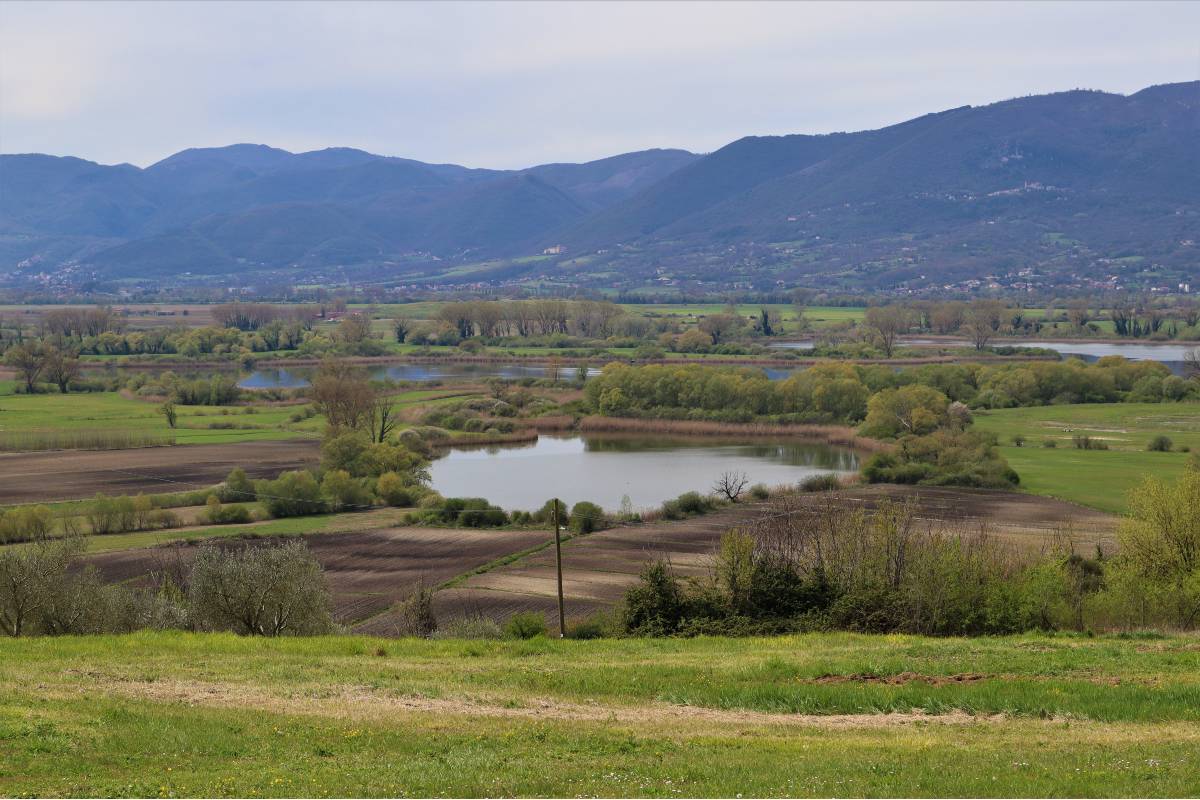
Discovering Rieti
An itinerary in the Rieti area must start from the so-called “navel of Italy”, Rieti, crossed by the River Velino and located at the foot of Terminillo. Its historic centre, surrounded by 13th-century walls that can still be seen in part, preserves a historical and artistic heritage of considerable interest: the Romanesque Cathedral of Santa Maria Assunta dating back to 1225, with the Chapel of Santa Barbara inside that even Bernini took part in, the Palazzo del Governo with its panoramic loggia and the Flavio Vespasiano Theatre, dedicated to the town’s native emperor and famous for its extraordinary acoustics.
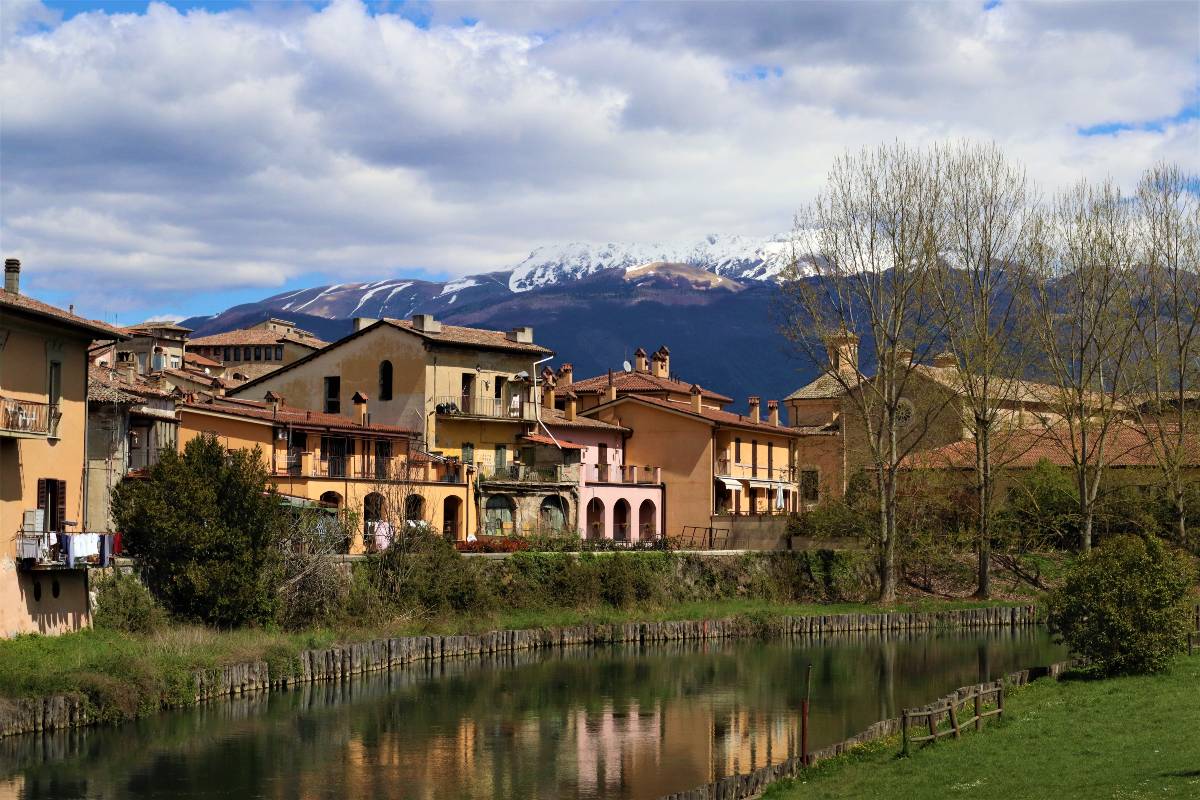
You can’t leave Rieti without visiting two of the city’s historic companies: Torrefazione Faraglia, which has been producing coffee and coffee products since 1968, from simple coffee beans to pods and beer, and boasts an exclusive, strictly organic, clean-air roasting system;
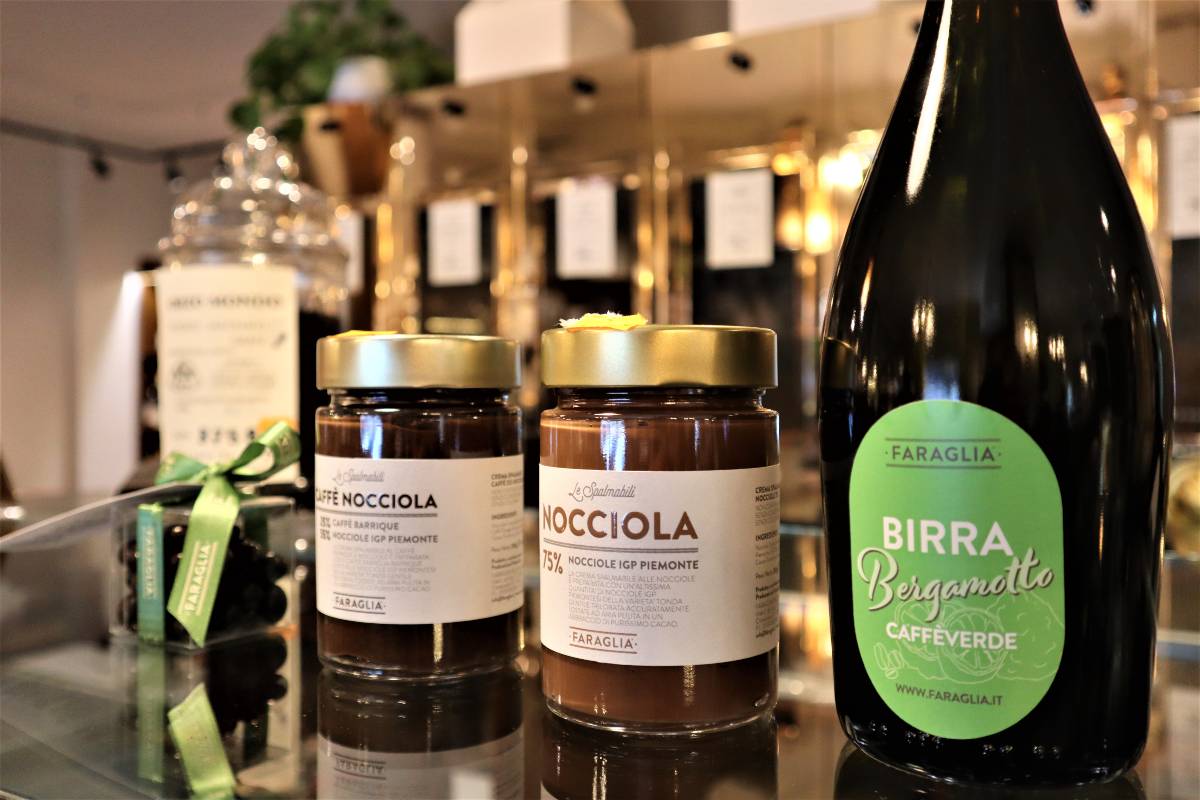
then there is Fonte Cottorella, an establishment producing an oligomineral water that springs from Monte Belvedere, whose benefits were also known to the Romans, Gregory IX and Bramante.
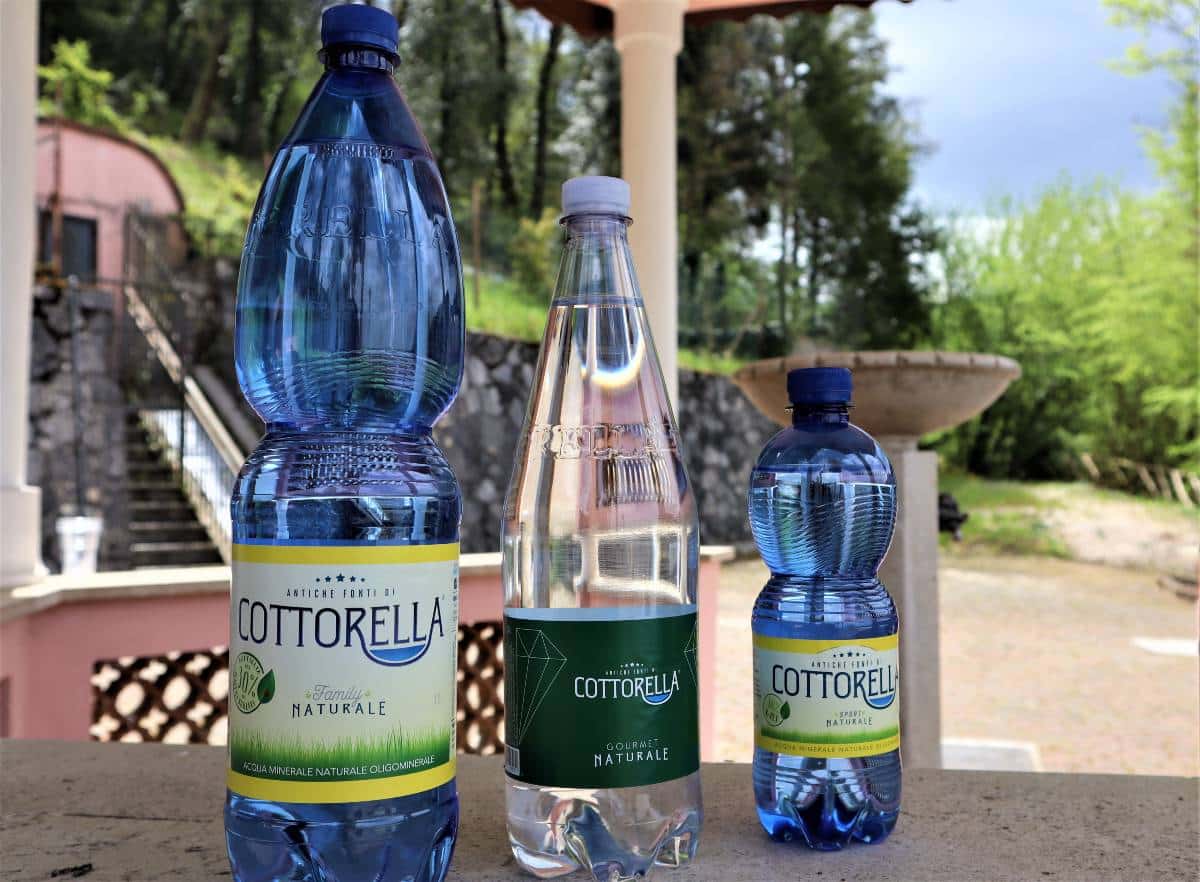
If you are looking for a solution to stay during a trip to Rieti without sacrificing luxury and refinement, you can opt for the Grande Albergo Quattro Stagioni: this 4-star hotel is housed in a 20th-century building and is a riot of Murano chandeliers, refined surveys and period furniture. Rooms overlook Piazza del Comune, embellished by the Dolphin Fountain, or the verdant gardens of Palazzo Vicentini.
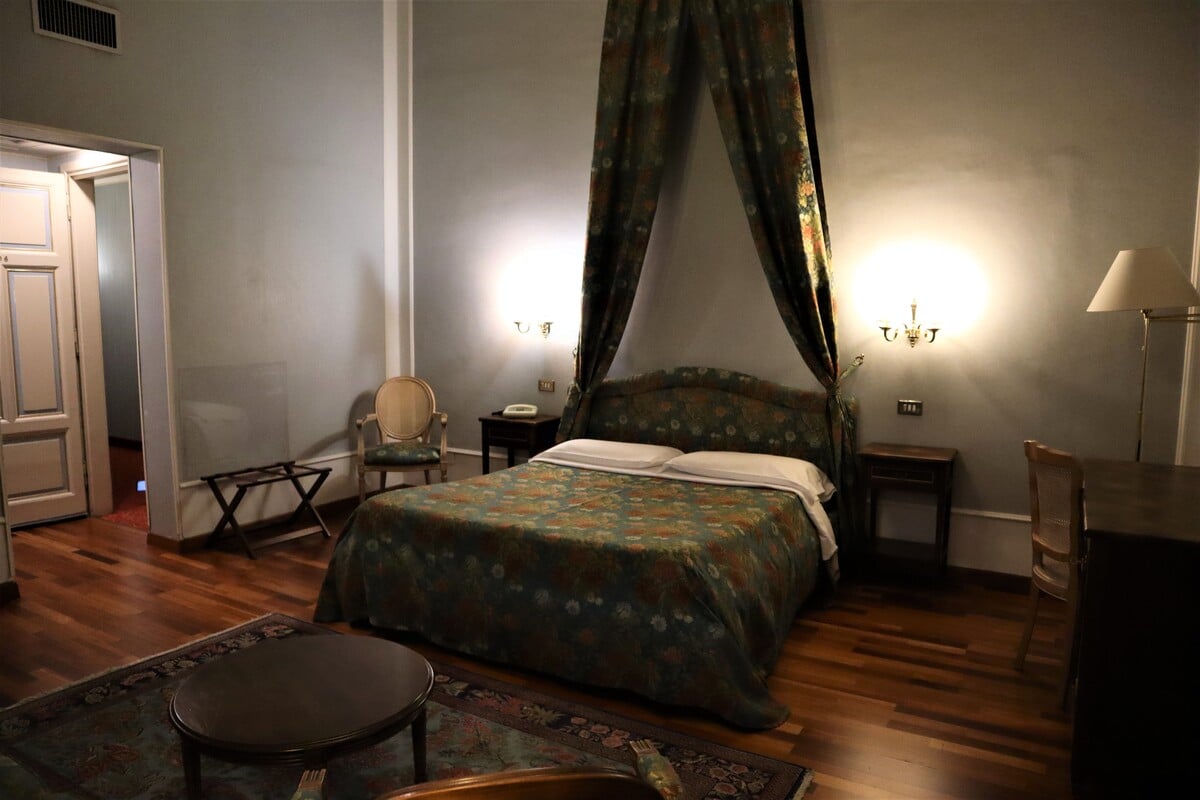
In the Rieti area: Cantalice and Terminillo
Our journey through the Rieti area continues to Cantalice, a picturesque medieval village located on the Saint Francis Walk, which passes by the four sanctuaries dotting the Nature Reserve of the Lungo and Ripasottile Lakes. Cantalice stands at the foot of the Monti Reatini at an altitude of 660 metres: the historic centre in the upper part is connected to the lower village by a long flight of steps, along which you can see the 15th-century Church of Peace and Palazzo Ramacogi with its 16th-century loggia.
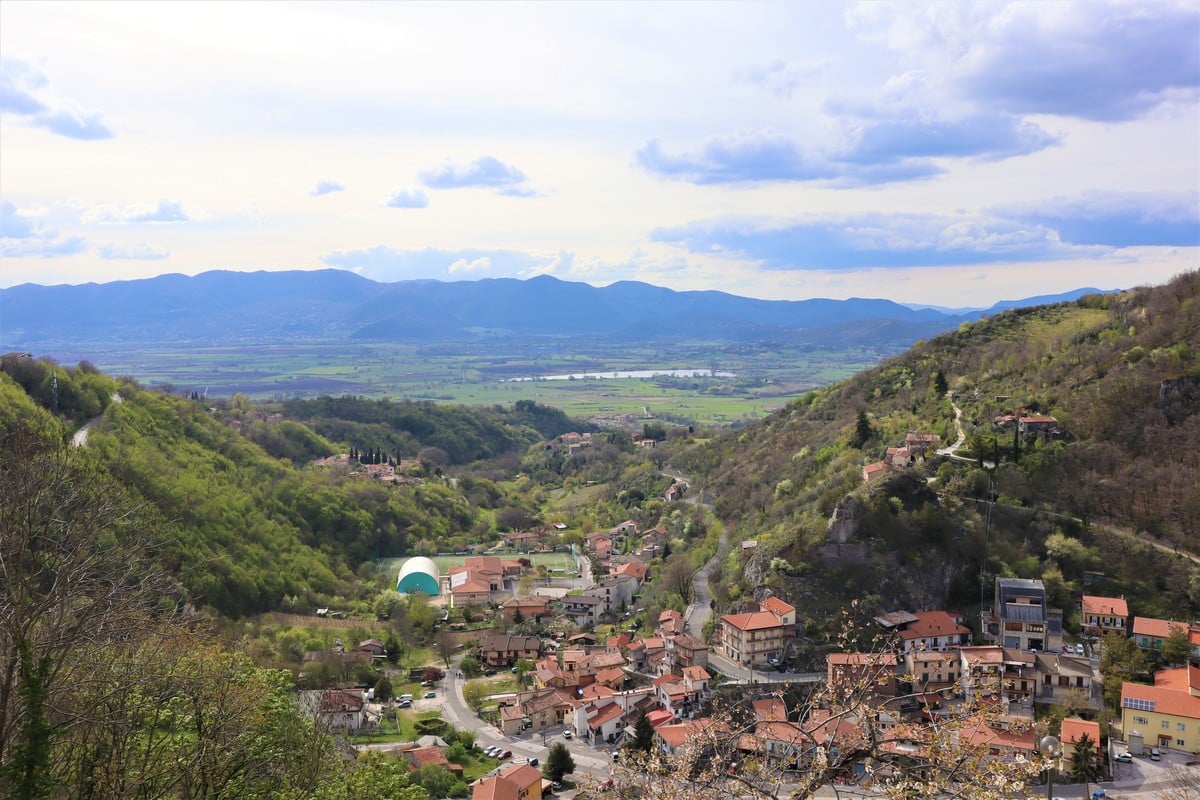
The ancient upper Cantalice is dominated by the remains of the medieval castle, of which only a cistern is visible today, but above all by the Torrione del Cassero dating from the 11th century. Also worth seeing are the Church of San Felice, which houses a beautiful altarpiece dedicated to San Felice himself, and the Sanctuary of San Felice, just outside the village and built near the spring that, according to tradition, was born thanks to a stroke of the saint’s stick.
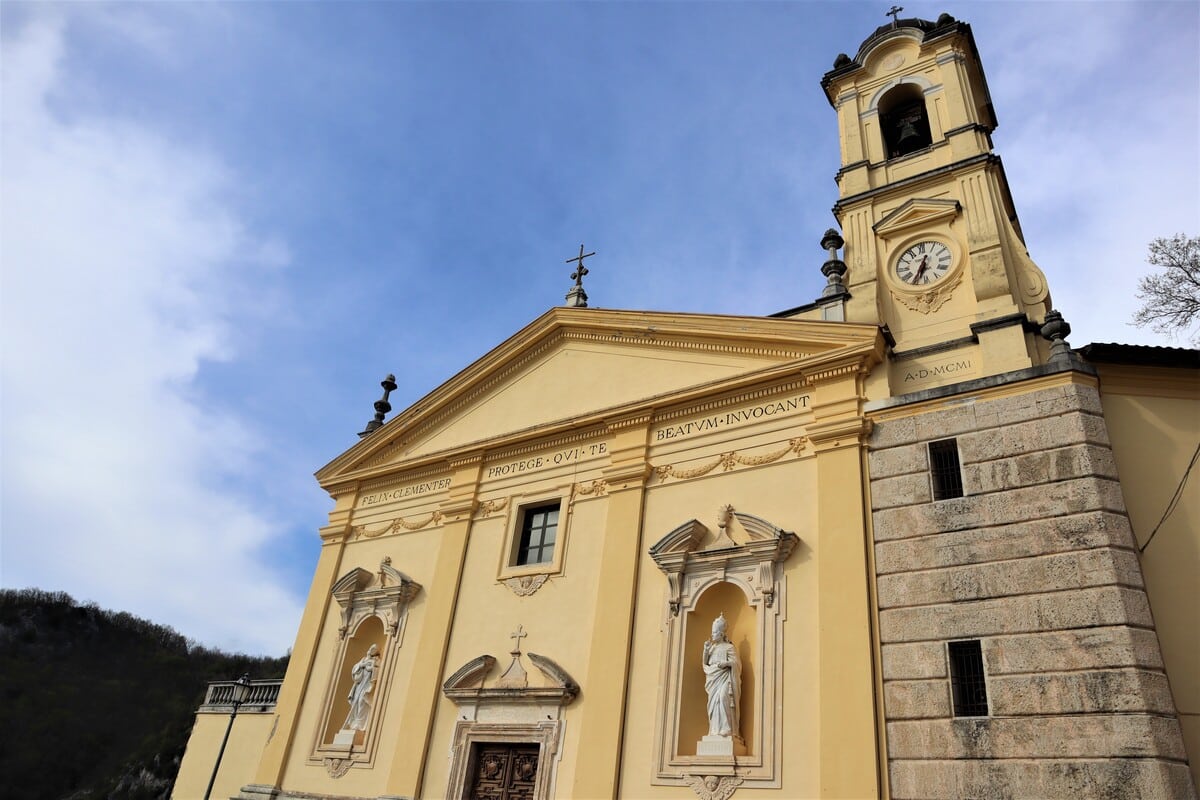
Church of San Felice
At the foot of the Terminillo mountain range lies the small village of Rivodutri: the ancient “Monte Gurgure” is the symbol of Sabina and is mentioned by Virgil and Marcus Terentius Varro. The mountain is the perfect destination not only during the winter season, thanks to 40 km of slopes, 3 chairlifts and 9 ski lifts: also the summer 2021 is perfect to discover the beauties of Terminillo, thanks to hiking trails, Nordic walking trails and fun adventure parks suitable for young tourists.
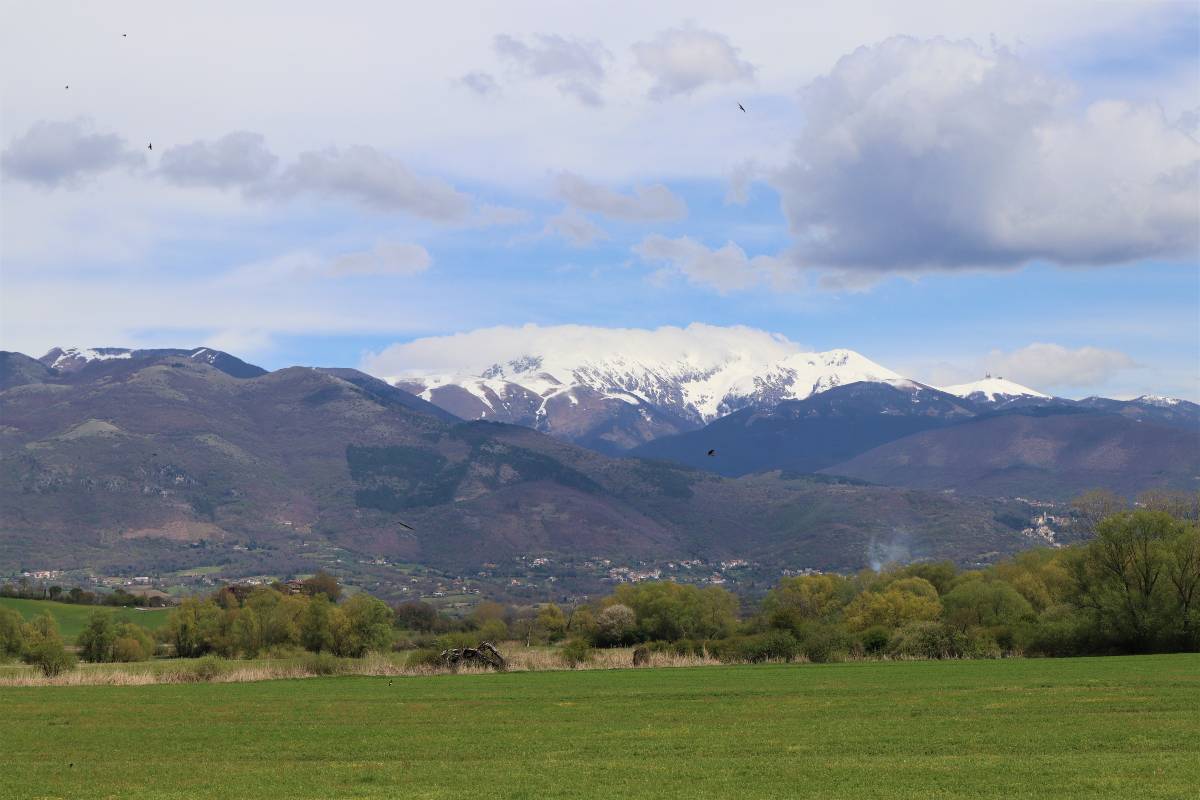
Terminillo
From Rivodutri to Poggio Bustone
In the Rivodutri area are the Santa Susanna springs, declared a Natural Monument. Considered to be among the largest in Europe, they were much appreciated by Cicero and Varro, thanks to their exceptionally crystal-clear waters that reveal crayfish and trout to the naked eye.
There are easy paths around the springs, along which you can visit a Botanical Park, a beautiful ceramic shrine dedicated to Saint Susanna and a picturesque watermill, built in the 8th century by Pepin the Short and still in perfect working order.
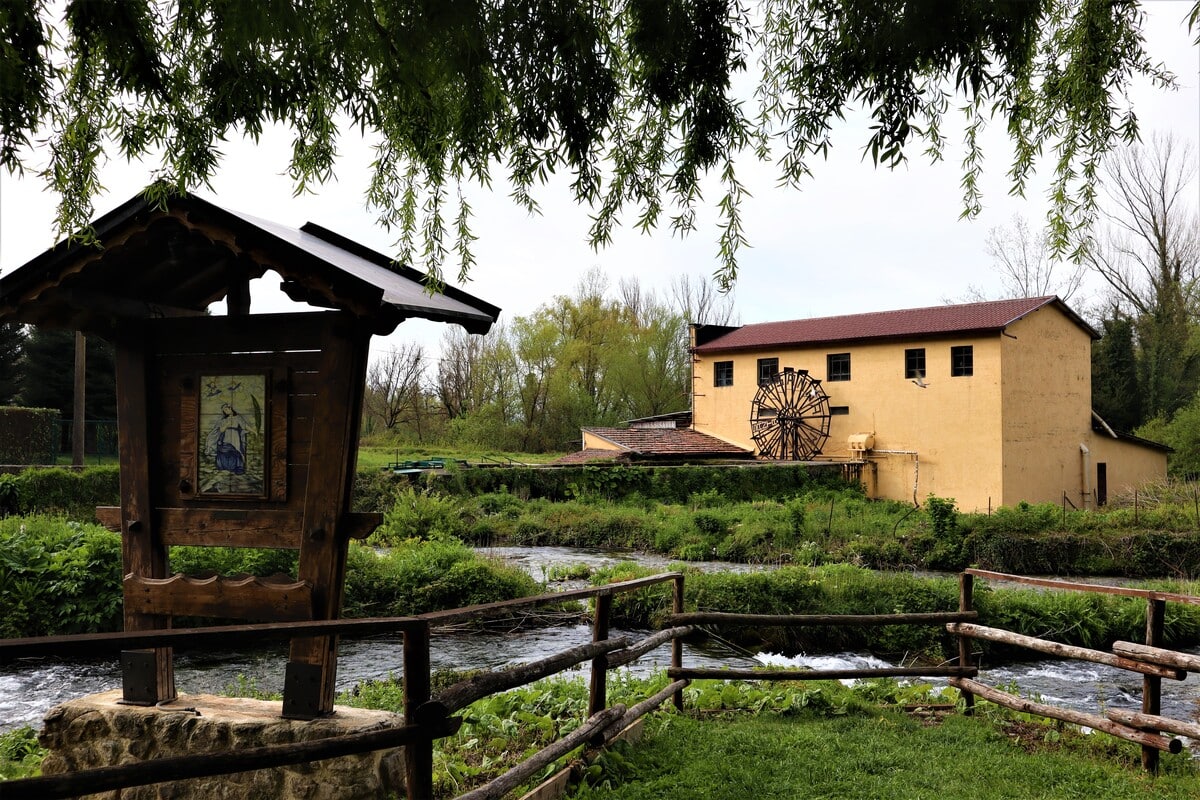
Santa Susanna Mill
Rivodutri was almost destroyed by the 1948 earthquake, but all that remains of the ancient village is the 18th-century Church of San Michele Arcangelo, with a beautiful fresco of the Virgin of the Rosary inside, and the mysterious Porta Alchemica (Alchemic Door), on which alchemic writings and symbols are engraved: it belonged to the vanished Villa Palombara, inhabited by the Camiciotti family, known at the time for its passion for esotericism.
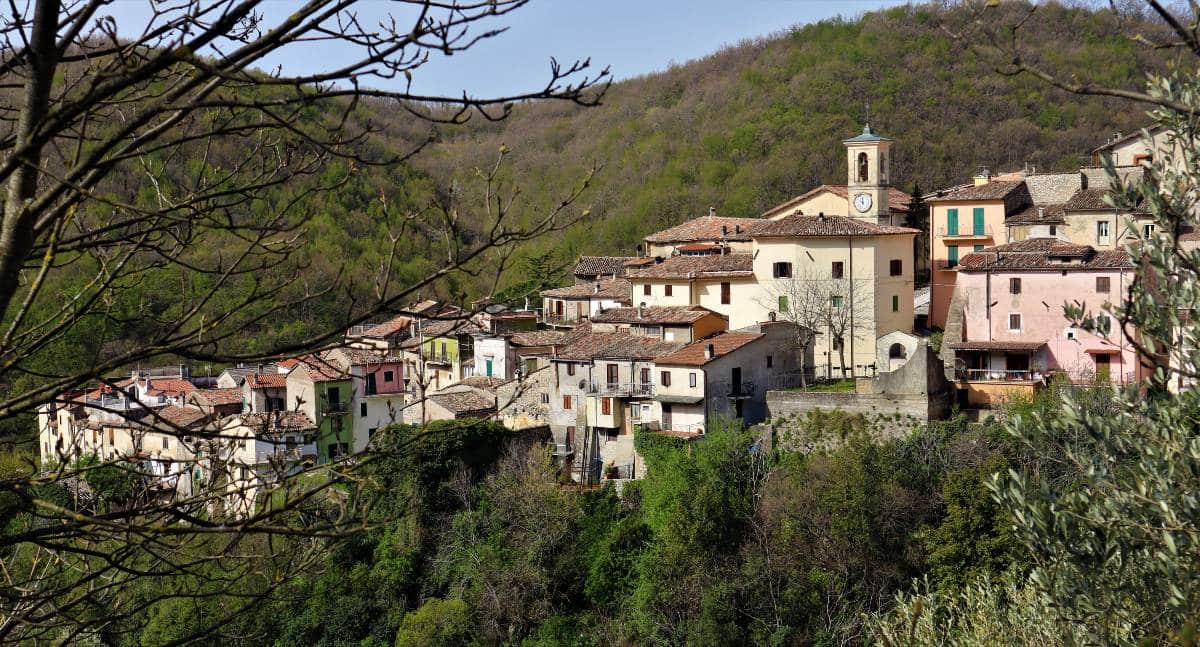
Rivodutri
In Campigliano, Agriturismo Tenuta Due Laghi is the perfect solution for those who love nature and green tourism: the 19th-century villa houses rooms inspired by the birds that inhabit the area, while the restaurant serves dishes made with zero-mileage ingredients produced by the farm itself.

The property is located a stone’s throw from Poggio Bustone, the birthplace of an icon of Italian music, Lucio Battisti. One of the symbols of the town is the Sanctuary of San Giacomo, considered to be one of the most mystical places in the entire path of St. Francis, founded in 1209 by St. Francis himself, and a small Gothic church dating back to the 14th century, with a gabled roof and frescoed nave. In addition to the Refectory, with its splendid 17th-century frescoes depicting the Last Supper and the Immaculate Conception, the 13th-century Cloister is the real jewel of the Sanctuary: from here, in fact, you can reach the Grotto of the Revelations, the place where the Angel announced the forgiveness of sins to the Poverello of Assisi.
Following an evocative path, dotted with chapels linked to the miracles of St. Francis, we reach the Sacro Speco, where the saint loved to go to pray.
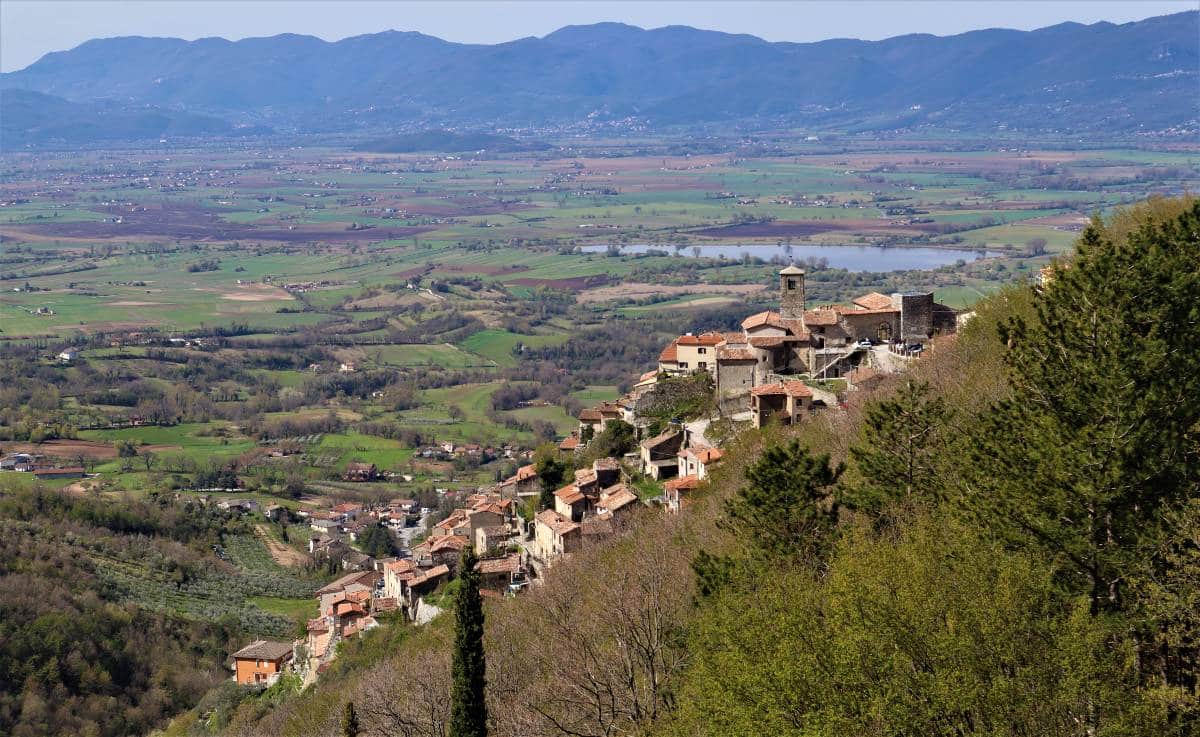


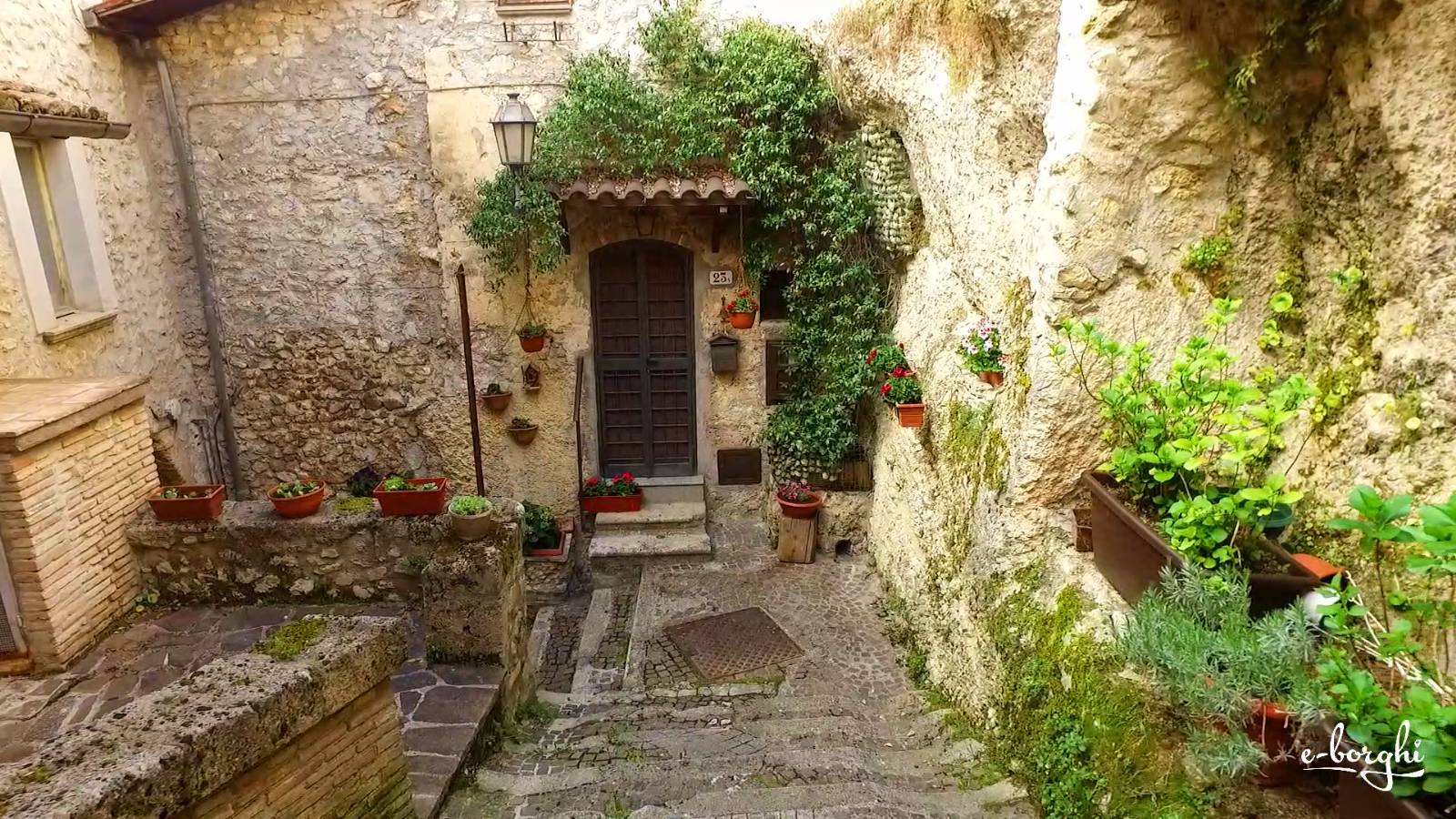
0 Comment